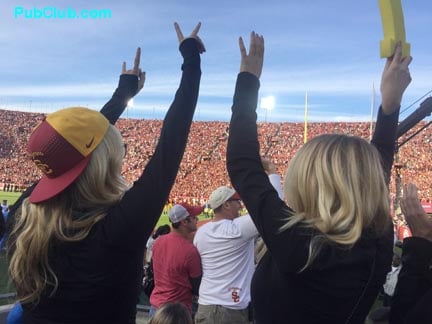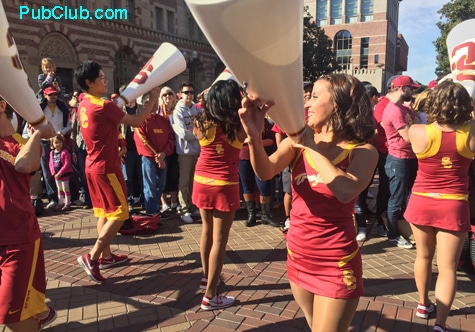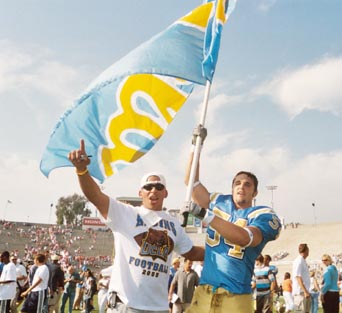
On the surface, it seems absurd.
Southern California teams – sunshine, blue skies and crowds going to football games in t-shirts and shorts – playing fall Saturdays in the frigid Northwest. UCLA on a snow-blown field in Iowa? USC at Rutgers!? Rutgers? That’s hardly the stuff of Troy legends.
Many of the games start at Noon, Eastern Time. That’s 9 a.m., on the West Coast. Do you think for one moment that a single USC or UCLA fan wants to get up that early on a Saturday morning to watch its team play Purdue? Or even Michigan? Heck no.
But once you sit back and think about it for a moment, USC and UCLA’s move to join the Big 10 Conference makes perfect sense.
The teams have been playing since 1946. That was in the Rose Bowl between the Pac-12 and Big 10, of course, but there has been kind of a loose association between them since the end of World War II. So it’s a more natural move than going to the SEC or even the Big 12 against teams they have only occasionally played against through the years.


The Pac-12 was also stagnant. Take its conference revenue distributed to the teams. In 2021 it was $344 million. The Big 12’s was $680 million. The Pac-12 also suffered from a lack of media exposure outside of California. Playing many games at night – 12:30 a.m., on the East Coast – starved it of the ability for the majority of college football writers and broadcasters to watch and evaluate games.
The competition was also considered inferior. USC has been down, UCLA did not beat a team with a winning record last year and Oregon – supposedly the shining beacon of the conference – lost four games, including a 15-point loss to Oklahoma in the Alamo Bowl. Arizona was 0-20 during a two-year period. That left it to Utah to carry the league’s football banner and it’s a latecomer to the conference. And it lost to Ohio State in the Rose Bowl, also finishing with four losses.
As a result, the Pac-12 was always like the last guy chosen in a pick-up football game.
All of those things will change with the move to the Big 10. There’s instant exposure to key media markets in New York, Chicago, Michigan, Ohio and – of course – Bristol, Conn. There’s instant respect when one enters a league with Michigan, Ohio State, Penn State and – if it can ever get its act together – Nebraska. USC and UCLA will no longer have to do the equivalent of standing on their tiptoes in the back of the room in order to get noticed.
Add to this the expected resurgence of USC under Lincoln Riley and the Big 10 about to negotiate a new TV deal that now could reach near a billion dollars, and it not only makes total sense. Plus the the timing is perfect (the move is to take place in 2024).
About the only thing that does not make sense is continuing to call a 16-team league the Big 10. And the league is going to have to do something to keep USC and UCLA from playing those 9 o’clock games.
Leave a Reply
You must be logged in to post a comment.